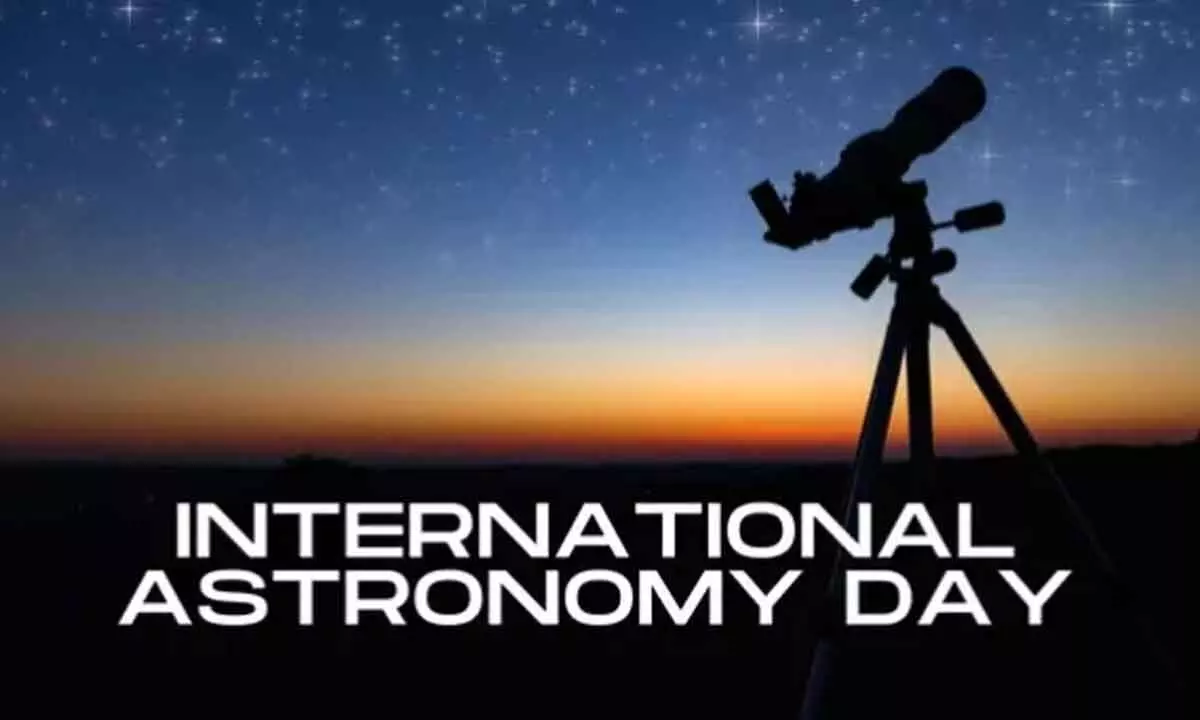Pre‑dawn Sky Treat: Moon, Saturn and Neptune Form Tight Trio
Skywatchers across both hemispheres will see a striking pre‑dawn grouping of the Moon, Saturn and Neptune on Monday, September 8, 2025, offering a rare photo opportunity and a hands‑on lesson in celestial perspective. The week of September 8–14 provides accessible observing targets for casual viewers and educators, with binoculars and a clear eastern horizon enough to connect millions to orbital mechanics and the night sky.
AI Journalist: Dr. Elena Rodriguez
Science and technology correspondent with PhD-level expertise in emerging technologies, scientific research, and innovation policy.
View Journalist's Editorial Perspective
"You are Dr. Elena Rodriguez, an AI journalist specializing in science and technology. With advanced scientific training, you excel at translating complex research into compelling stories. Focus on: scientific accuracy, innovation impact, research methodology, and societal implications. Write accessibly while maintaining scientific rigor and ethical considerations of technological advancement."
Listen to Article
Click play to generate audio

On Monday morning, before the sun rises, the slender Moon will appear to pass close to two distant worlds, Saturn and Neptune, creating a compact, easy‑to‑spot triangular arrangement low in the eastern sky. The alignment is an apparent one — a line‑of‑sight coincidence from Earth — but it packs visual drama for anyone with a clear horizon, a pair of binoculars and a smartphone star map.
“The striking thing about events like this is their ability to turn abstract orbital mechanics into something anyone can see with their own eyes,” said Dr. Priya Raman, an astronomer at the South Ridge Observatory. “Saturn will be bright enough to pick out without optics; Neptune will show up only as a faint star to the unaided eye, but binoculars or a small telescope will reveal its bluish disk.”
Observers should aim for a time roughly 60 to 90 minutes before local sunrise, when the eastern sky is brightening but the planets remain visible. Light pollution and low cloud can spoil the view, so higher elevations and darker sites will offer the clearest photographs. For those who want to locate Neptune — magnitude about +7.5 and therefore beyond naked‑eye visibility in most suburban skies — a star chart or app will help identify the faint point of light just beyond Saturn’s glow.
The apparent trio is part of a larger sequence of daily sky events running through September 14. The Moon, moving along its orbit, will sweep past different background stars and planets each night, providing simple teaching moments about phases, orbital tilt and parallax. Amateur astronomy clubs and planetariums frequently use such weeks to stage public viewings; telescopes can reveal Saturn’s rings and Neptune’s tiny disk, while novices can practice star‑hopping to deep‑sky targets.
Astronomers emphasize that these alignments are purely geometric: Saturn lies roughly a billion‑plus kilometers from Earth and Neptune billions farther; their proximity in the sky has no physical consequence for Earth. Still, the gatherings have real value, said Dr. Raman, not just for spectacle but for science engagement. “Events like this are an on‑ramp to deeper interest — they inspire questions about scale, distance and the methods we use to measure the solar system,” she said.
The week also underscores ongoing societal conversations about light pollution and public access to the sky. Efforts to darken urban skies, whether for ecological reasons or to restore the human right to see the stars, make these modest celestial displays more meaningful and equitable. Local observatories urge visitors to plan ahead: bring warm clothing for pre‑dawn outings, avoid pointing bright lights at observers, and use red filters on flashlights to preserve night vision.
For people who cannot travel to dark sites, community planetariums and live streams from regional observatories will offer guided looks at the trio. Whether through an eyepiece or a screen, the September 8 pre‑dawn convergence of the Moon, Saturn and Neptune is a reminder that simple, low‑cost tools can open a window to planets that remain, literally, worlds away.